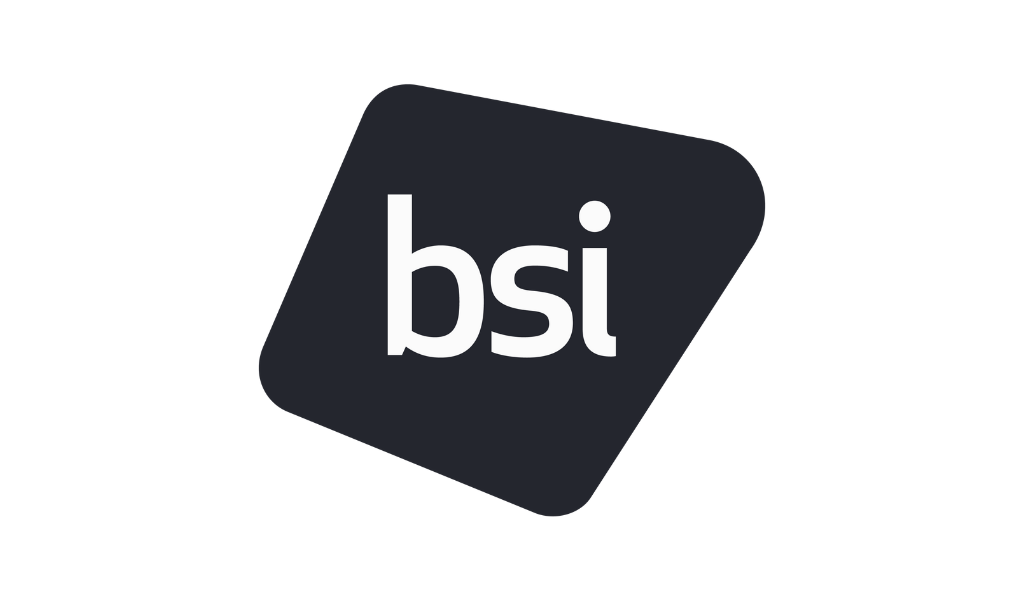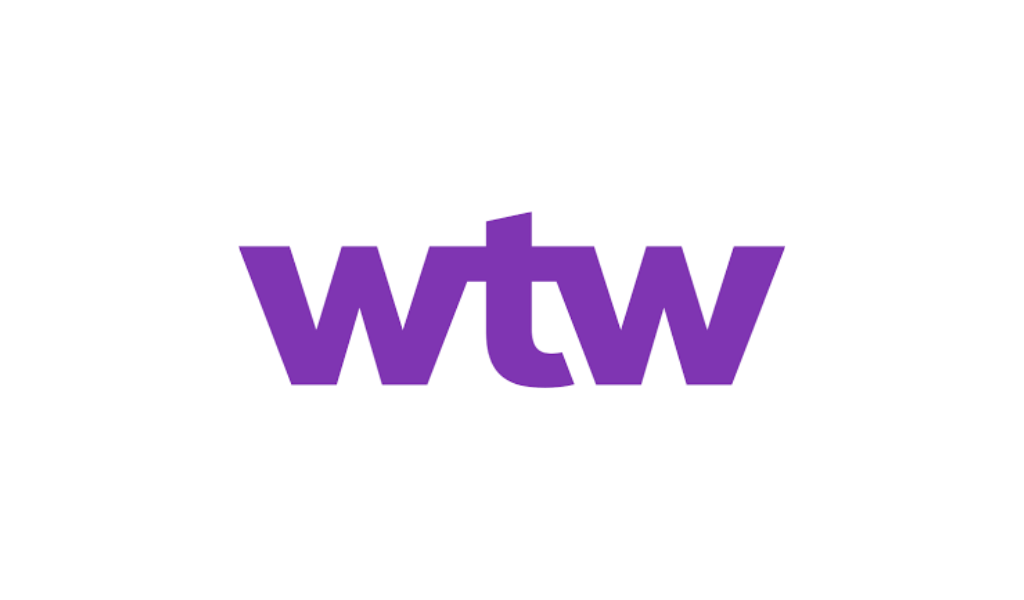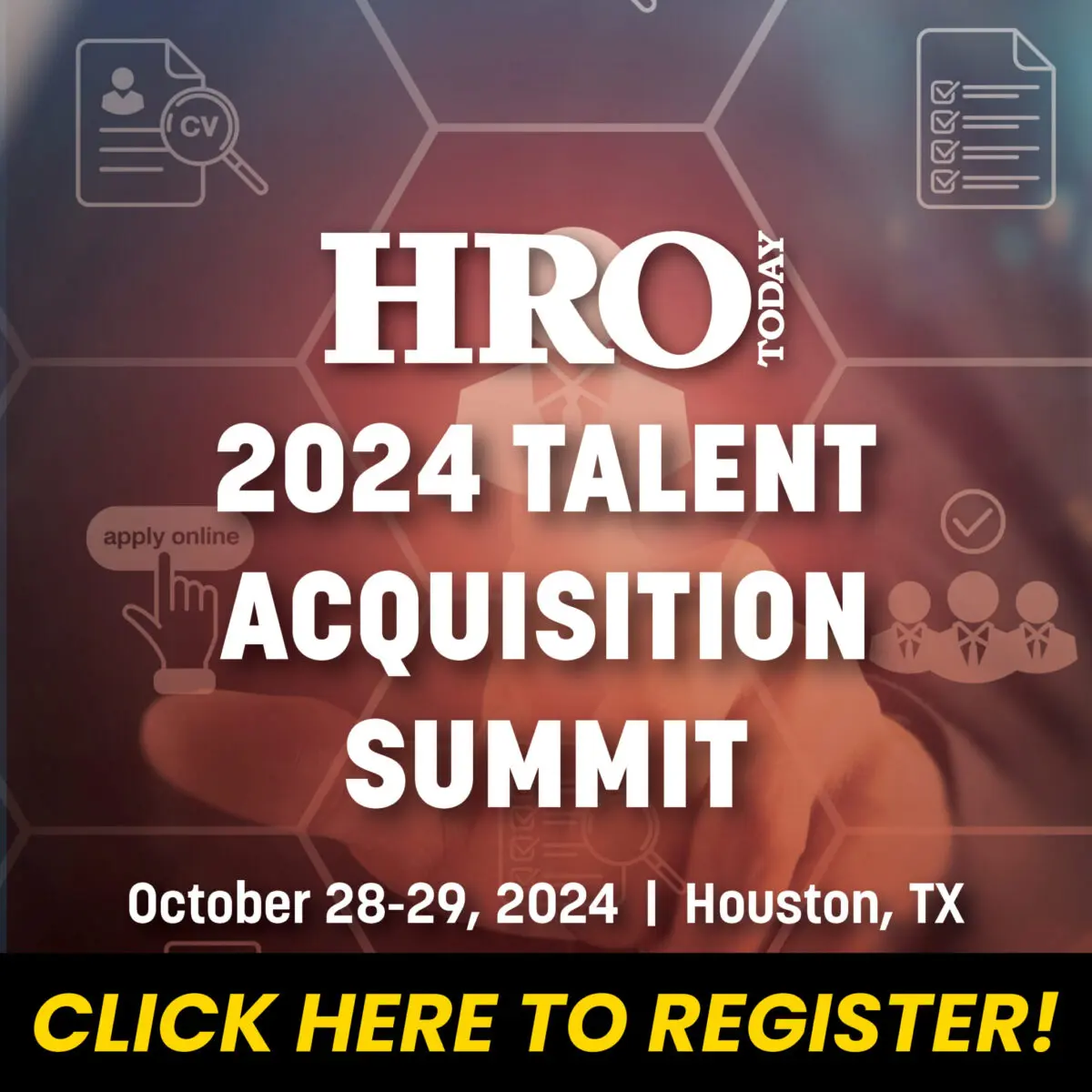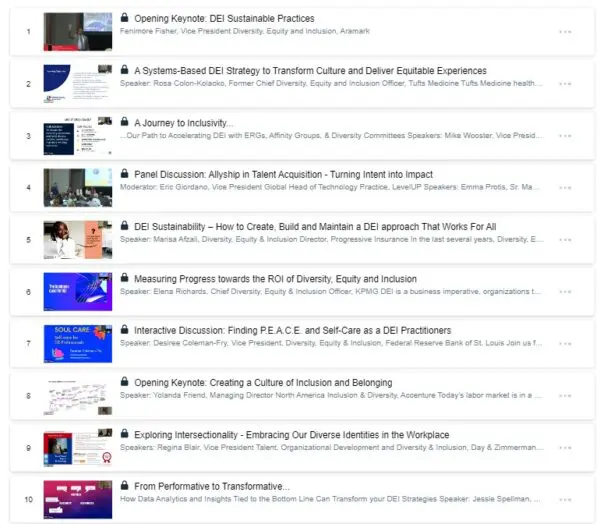A chief people officer recommends a different approach to measuring and understanding productivity and engagement.
By Maggie Mancini
It’s no secret that employee engagement is declining. Research from Gallup reveals that engagement among U.S. employees hit an 11-year low in early 2024, highlighting concerns about the impact that disengagement can have on performance outcomes like productivity, retention, quality of service, and profitability. Further, a recent poll from the American Staffing Association finds that 43% of U.S. workers are burned out at their job, underscoring the need for HR leaders to understand and address engagement within their organization.
When it comes to measuring engagement, it’s nearly always about whether the company is doing enough to “get enough” from workers—a mindset that tends to be transactional on both sides, says Mindi Cox, chief people officer at O.C. Tanner. While organizations often look at engagement to measure an employee’s productivity or intent to stay with the company, the reason why people choose to volunteer their time and effort for a company’s purpose almost always comes down to how fulfilled they find their relationship with their employer and with their work, she says.
“Do they feel connected to their work and to their peers in a meaningful way? Above productivity, employees care about finding a role that grants them autonomy, mastery, and connection,” Cox says. “Higher engagement is a result of people feeling more fulfilled. I invite leaders to reframe their view of engagement and consider the actions that lead to greater fulfillment as the input, and long-term engagement and the other goodness that comes with it as the outcome.”
Employee fulfillment is easier to measure than employee engagement, Cox says, adding that experts have identified four areas of psychological needs related to fulfillment:
- sense of connection;
- purpose;
- mastery; and
- flexibility.
When HR leaders find that engagement is lacking, she says, it’s nearly always connected to a lack of fulfillment in one of those key areas.
“To measure fulfillment, HR leaders must think of their organizations more holistically to determine if there are opportunities for employees to feel more deeply connected to their work,” Cox says. “Considering their company culture, leaders can determine if they are creating a safe space for employees to bring their unique interests and passions to work and if they have the autonomy to approach their jobs in different ways.”
O.C. Tanner’s 2023 Global Culture Report finds that unfulfilled employees are 340% more likely to leave the organization in one year or less. In contrast, those who feel fulfilled are 90% more likely to stay for another year, underscoring the positive and negative impacts of fulfillment on an organization’s retention rate. Cox explains that fulfilled employees who are connected to their work and to the organization’s mission are not just more likely to stay, but also more likely (297%) to promote their organization and attract new talent.
Recognition Boosts Fulfillment
To maximize employee fulfillment, Cox says that it’s important to support employees in those four key areas. Beyond raises and promotions—which are not always available—HR leaders should consider providing mentorship opportunities or special projects for employees to help build their sense of mastery, she says. To build on connection, for example, leaders can take time to gather, recognize individual and team accomplishments, and share how employee contributions directly impact the success of the business.
“What’s most important to keep in mind is that employees are different, so fulfillment strategies should be different as well,” Cox says. “A one-size-fits-all approach won’t cut it, and organizational leaders must take the time and energy to find what strategies work best for their unique employees.”
Another key part of an effective retention strategy is employee recognition, Cox says. When organizations take time to celebrate together, employees are 20 times more likely to feel connected and want to stay with their company. The key, she explains, is to integrate recognition into daily work life and celebrate everything from small wins, like proposing a great idea, to big wins, like major work milestones.
“Like fulfillment strategies, recognition is also most effective when it’s personalized to each employee,” says Cox. “Invest the time to find what motivates and excites them, then find ways to celebrate their accomplishments that will resonate with them. The most important aspect of recognition is to make sure it always connects employees to their purpose, their accomplishments, and to one another.”
Impact of Recent Labor Trends
The lingering effects of the pandemic—and the labor trends that have emerged as a result—have had a significant impact on employee engagement and the way people show up for work. Trends like quiet quitting, for example, are rooted in a lack of fulfillment in the workplace, Cox says.
“We saw a rise in these types of trends post-pandemic, a time when employees’ views of their personal and professional lives experienced a marked shift,” she says. “More employees were looking for flexible or even fully remote work environments in part because of the autonomy it provided and the deeper connection they felt to more areas of their lives. However, as this demand rose, employers implemented return-to-office mandates.”
For employees in industries like healthcare—where the in-person element of the job is essential—people know their site-dependent work cannot change, but many have sought out more flexible work arrangements, Cox says. When these needs aren’t met, the tension between employees and employers causes employees to disconnect, disengage, and look elsewhere for a company that prioritizes flexible work conditions. This expectation is the new normal for every person in every position, Cox says.
Other trends, like “grind culture,” focus on celebrating and over-recognizing those who work long hours, weekends, or forgo balance in favor of overworking. Cox says that this mindset has directly contributed to high burnout and engagement levels. She suggests that leaders focus their employee recognition on outcomes and not extreme lifestyle sacrifices, modeling behavior that fosters a positive work-life balance.
This, she says, helps build a culture where employees know that their personal lives matter and they have the autonomy to get their work done in a way that meets business needs without sacrificing their personal lives.
“Creating a positive environment, a workplace that is a haven for people to come and give their best, requires intentional practices, systems, and awareness,” Cox says. “If we put care and empathy at the core of creative solutions that meet our people’s inherent need to feel mastery, connection, and autonomy, we will see that business outcomes always follow from inspired and fulfilled contributors.”














